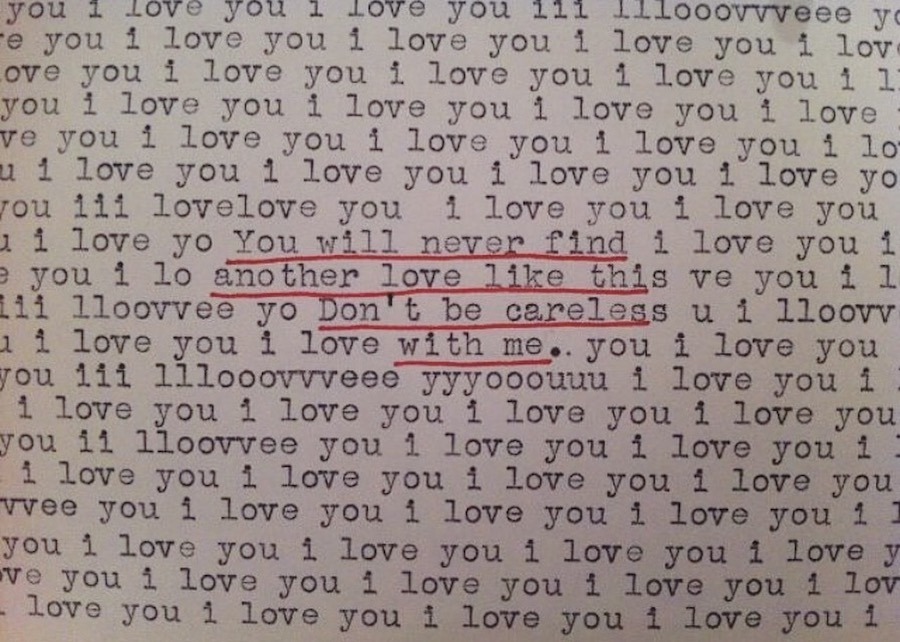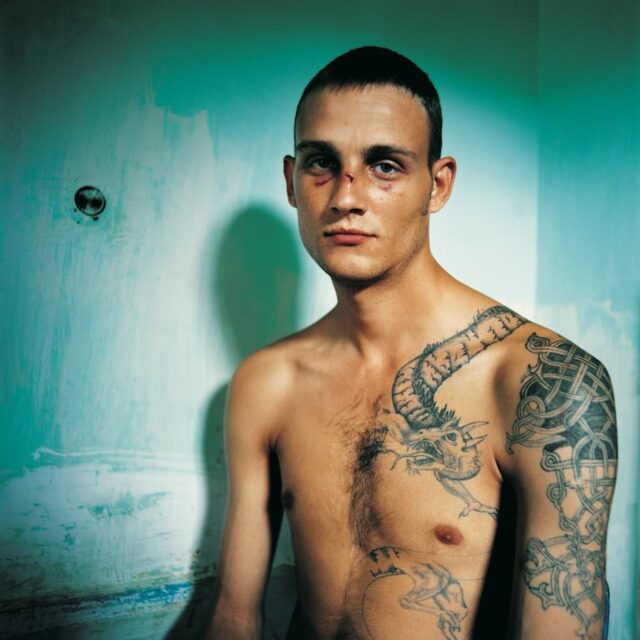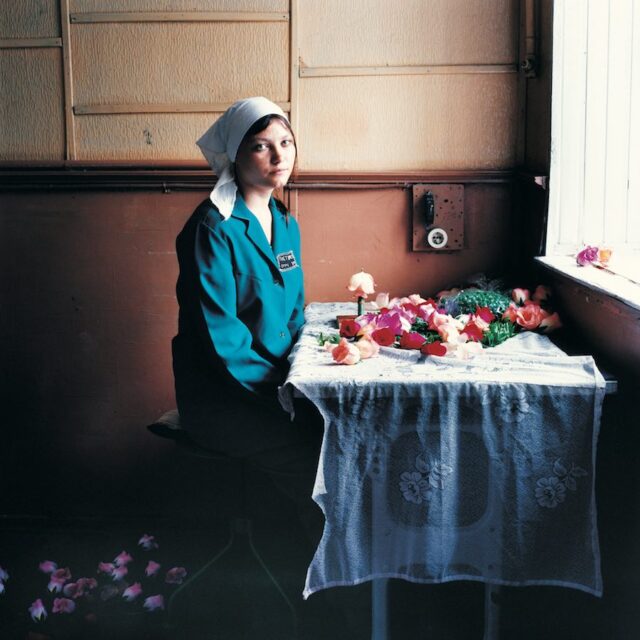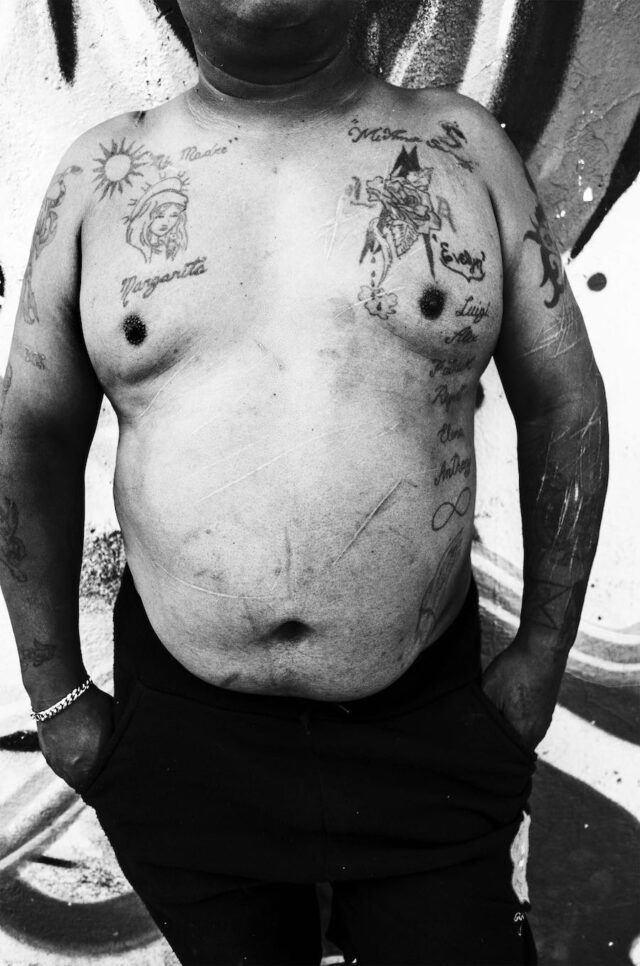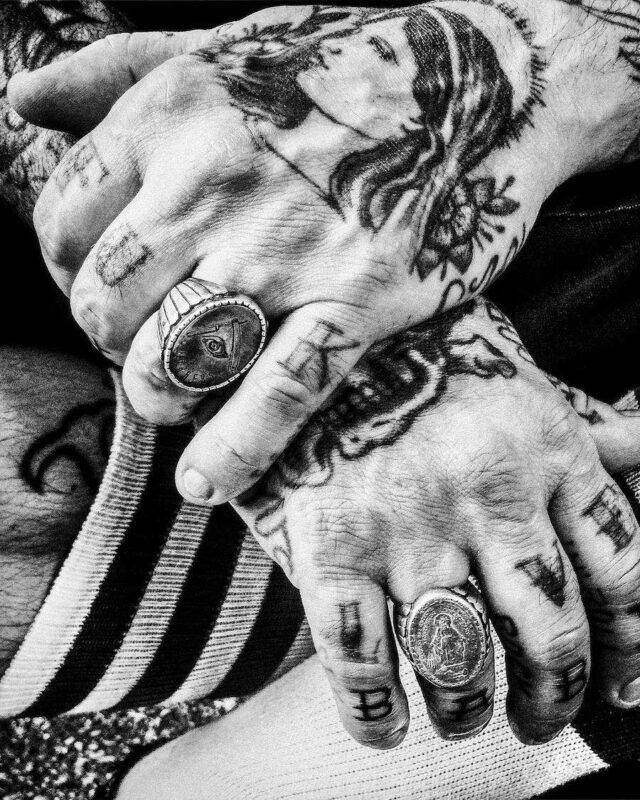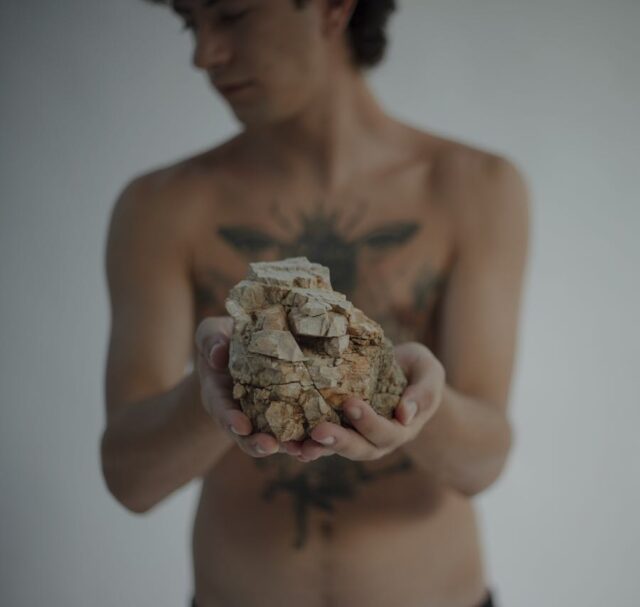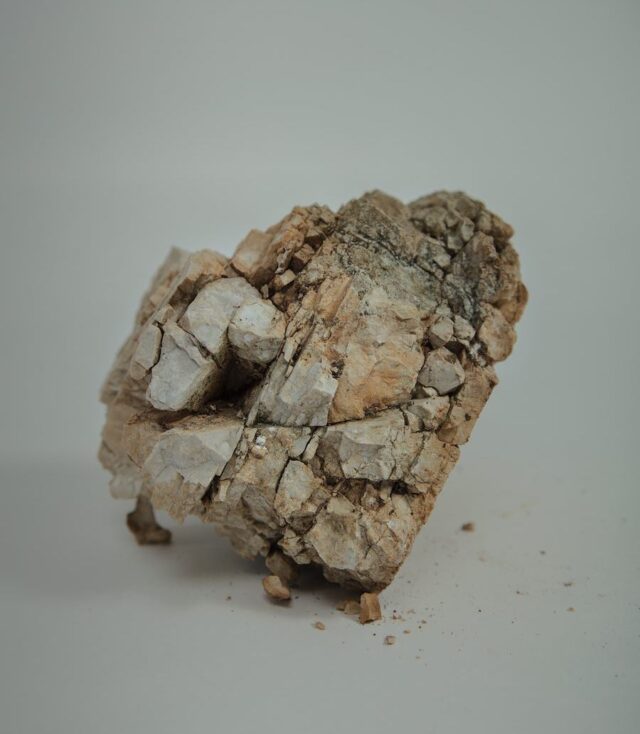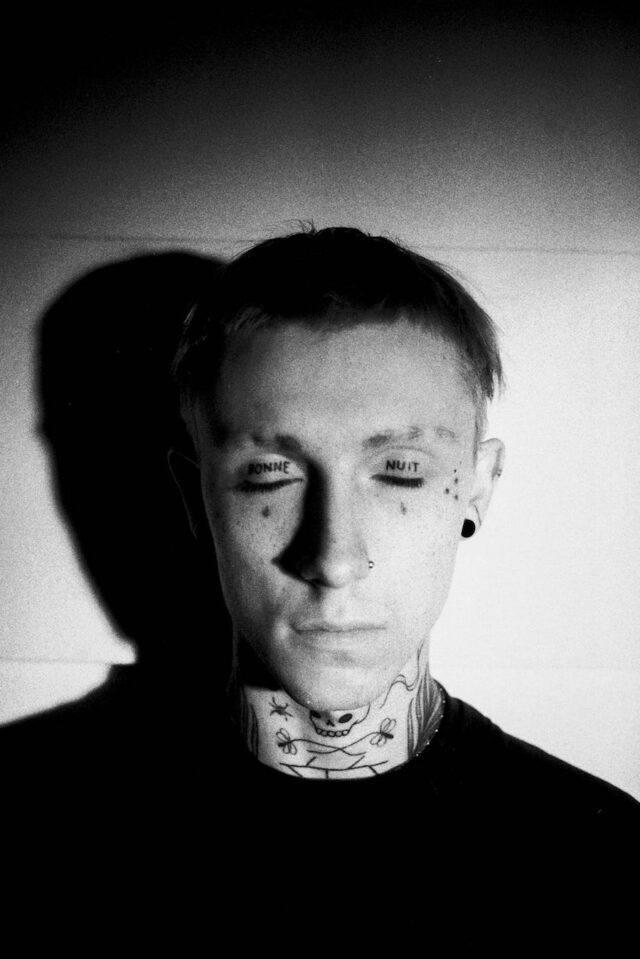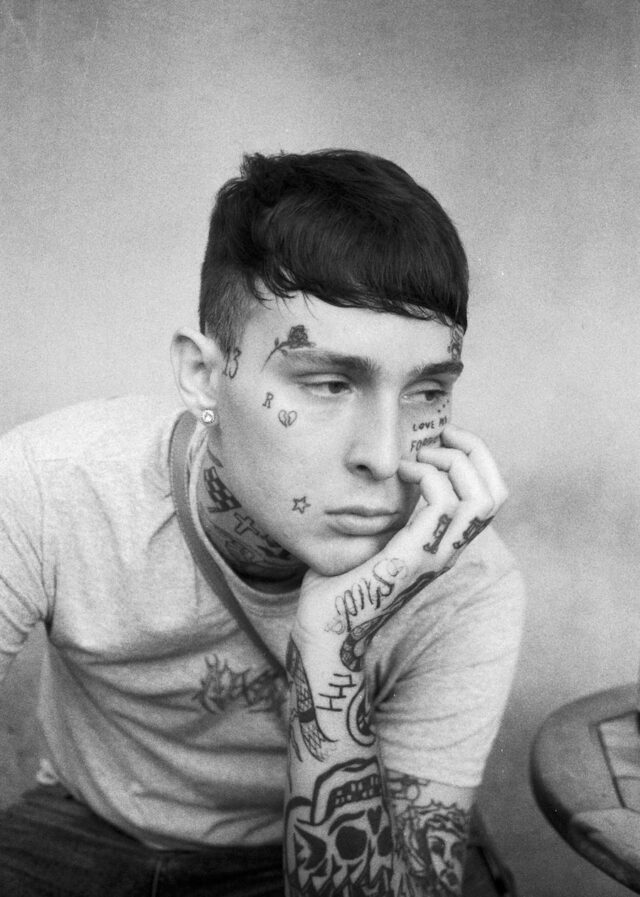The exhibition includes works by Italian and Israeli artists who illustrate the variety of the tattoo concept assumed in the various fields of cultures and sub-cultures of the contemporary age
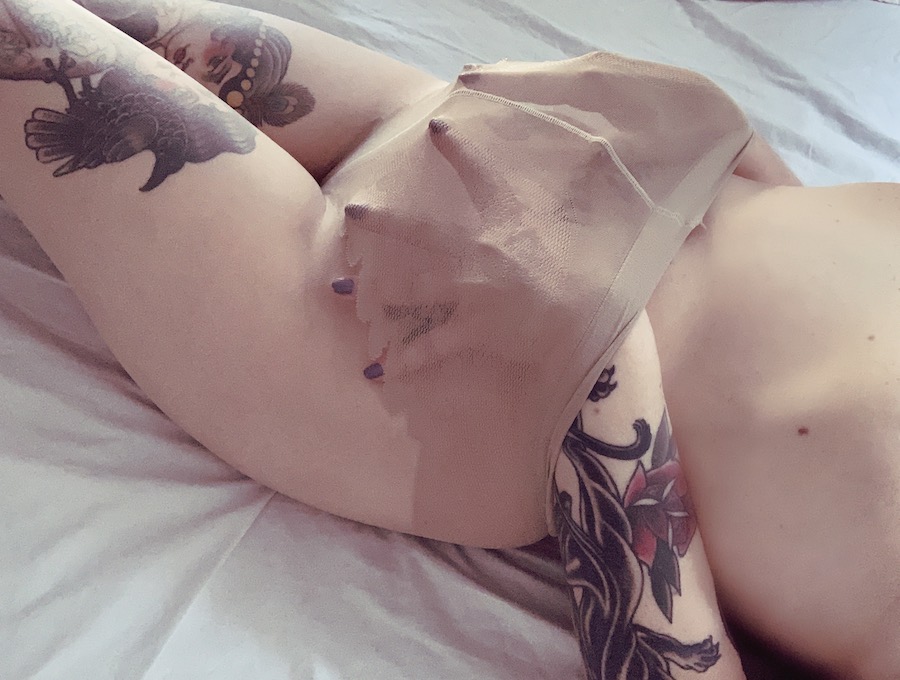
It is ongoing until December 3, 2022 at Enav Cultural Center and City Garden in Tel Aviv Yafo – as part of the 10th edition of the photo festival Photo Is:rael in collaboration with the Italian Cultural Institute of Tel Aviv – the exhibition Behind the ink – Every tattoo has a story.
Curated by Micol Di Veroli, the project brings into dialogue the photographic works of Paolo Cenciarelli, Michal Chelbin, Guido Gazzilli, Angelo Marinelli, Roni.Mo and Yael Shachar.
Some questions to the curator follow.
Elena Bordignon: In introducing the Behind the Ink photography exhibition, you talk about tattoos from an identity perspective. More than it seems, the tattoo certainly involves identity, but also much more. In this journey through photography, what have you discovered about this practice?
Micol Di Veroli: The tattooed body has become a boundary and a crossroads between the dimensions of interiority and exteriority, between aesthetics and self-representation. In fact, tattoos are a particular form of struggle to go beyond the conventionally permitted, to feel something strong. The tattoo is also proof of pain suffered, of a journey accomplished, of changing times. In this sense, pain can be understood both as an inevitable correlate of the tattoo experience and as something profoundly significant within this practice, sometimes even going beyond the importance of the tattoo itself.
EB: The history and culture of tattooing have very ancient roots, but it has only recently been raised to an artistic language. According to your point of view, why is it to be considered an art?
MDV: In recent years, tattooing has been raised to the status of art as much as painting and sculpture, entering among modern artistic practices. International museums have dedicated photographic exhibitions to tattooing, very often accompanied by events poised between performance and body art. An important date is 2017 when the works of the Italian tattoo artist Gabriele Pellerone are exhibited in the temple of contemporary art, namely the Venice Biennale. It is interesting to see the evolution of this art form, tattoo artists to be considered craftsmen today are considered expert artists, painters who create and shape the skin, artists who tell the story of the society and the habitat that surrounds us.
EB: The selection of photographers on display tell real stories related to tattoos. Can you tell us about some that are particularly significant?
Michal Chelbin presents a cycle of photographs on prisons in Russia and Ukraine and what can be seen is that they are atypical prisons, not the prisons we imagine from films, but rather we see rooms covered with floral wallpaper decorated with religious icons with portraits of men, women but also imprisoned children wearing house clothes. It doesn’t look like they’re in pain or maybe serving a life sentence. With this work Michal Chelbin has raised many questions about the nature of guilt, crime and punishment. The choice of these photographs for our exhibition came about because I was interested in the symbology of the Siberian tattoo. Each symbol is treated as a trophy to show off and is intertwined with another. By observing the tattoos closely, they can almost be read as a story, understand the origins of the person, recognize all of his actions and identify his value within society. No inmate chooses the tattoo but the Siberian tattoo chooses its bearer.
Nine years ago, Roni Morag created Roni.mo, an Instagram account where she features self-portraits of her body or parts of it. It all started after an accident, which forced her to be creative while not being able to move. Roni.mo’s gaze focuses on the female body as she is, she has used her body as if it were a canvas to paint and over the years her body has been covered in tattoos. Her photographs, which for the first time come out of the virtual world of social media, move back and forth between oppositions, between the domestic and the external world, between the unconscious and the comforting, between eroticism and thought.
Angelo Marinelli’s work is poised between the sacred and the profane, between photography and painting. In the portrait of the young man with the tattooed chest, the desire to recover the benign energy of spirituality emerges by bringing it closer to the earthly world or more specifically to the natural world. The artist’s attentive gaze returns images wrapped in mysticism and become a metaphor for love and feeling, even if the latter is put to the test by oblivion or rather by the loss caused, generically, by the passage of time between the lived experience and the act of remembering.
EB: Six photographers very different in style and training were involved. With what criteria did you choose them? Have you found consonances and strong differences between Italian and Israeli photographers?
MDV: I was interested in showing the public how tattooing had become a form of contemporary language and that is why the choice of artists was purposely heterogeneous. Each artist involved tells a different story, we find examples of the use of tattooing as an ancestral and identity practice or as an object of fascination and artistic creation in the present, thus exploring the ethnological, anthropological and sociological values of this practice.
There is a strong dialogue between the Italian and Israeli artists: In the selected works, the concept of tattooing is universal and we speak of cultures and sub-cultures without distinction of origin. For example, I believe that the works on display by Paolo Cenciarelli or Guido Gazzilli which dramatically describe the Roman underground night scene complement perfectly the photographs by Yael Schachar which document Israeli society in everyday life. Each of them is not necessarily interested in a defined story that has a beginning, a middle and an end but they all tell human relationships and the social climate, whether it is Israeli or Italian.
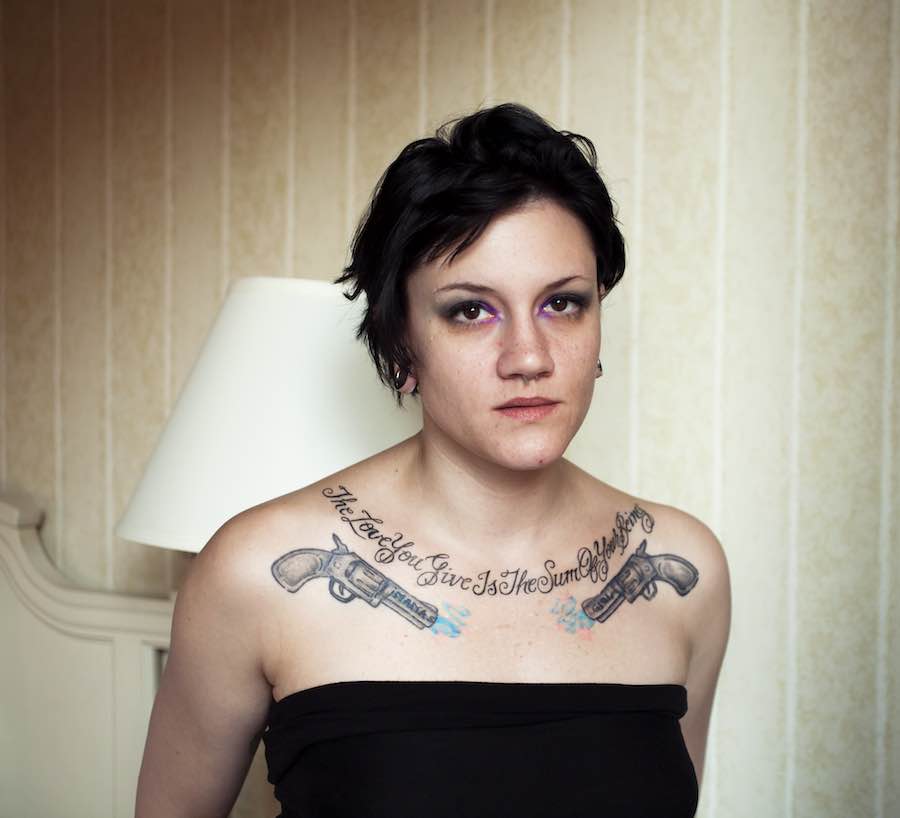
Behind the ink – Every tattoo has a story | Interview with Micol Di Veroli

